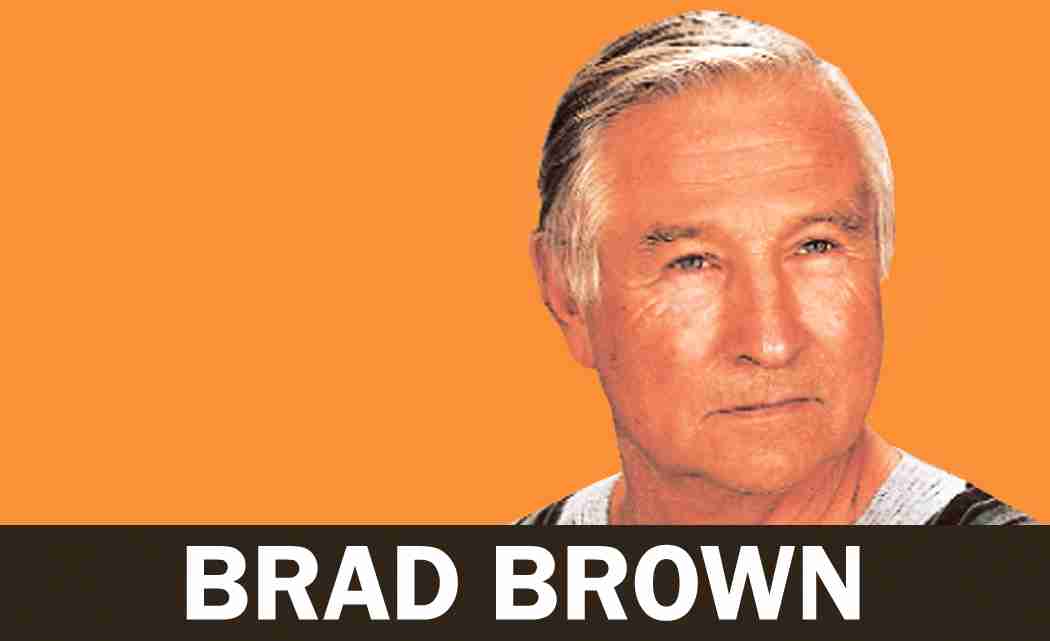In the days of the Atlantic Slave trade the region of Senegal, The Gambia, Guinea Bissau and parts of Mali, Mauritania and Guinea was referred to by Europeans as Senegambia (I will look only at Gambia and Senegal) in reference to the two major rivers, the Senegal and the Gambia. Forts along the coast trading in captive Africans switched back and forth between countries. Portugal was the first but in the latter years France and England vied for control. In the late 1700s the two countries agreed to English control of the Gambia River area with France the trading areas to the north and south. When the Europeans divided up Africa amongst themselves, France got almost all of the Senegambia but England hung on to the Gambia River and the two countries negotiated the current boundaries in 1889. Gambia is 15-30 miles wide and 295 miles long. Except for the west coast, Gambia is completely encased in Senegal and divided in half by a river with no bridge.
Both countries depend on peanut and cashew farming and fishing. The latter is done by Gambians in the Gambia River and estuary and Senegalese in the open ocean in both countries. Tourism is important to both countries but is proportionately a bigger contributor to national income in Gambia.
Politically Senegal has a vibrant press and has had four elected Presidents from three different parties. In Gambia an Army officer Yahya A. J. J. JAMMEH, led a military coup in 1994 and has since been elected as President in every election. It is very security conscious as there have been attempted coups. In a recent visit we were stopped and checked numerous times by police and military in Gambia but not once in Senegal. I must say they were always polite and courteous even when checking out the trunk. The realization of the value of tourist dollars may have been a factor as well as being greeted in Mandinka (the first language of the majority of Gambians particularly outside of the capital) instead of English, French or even Wolof by my Senegalese companions.
Imagine the hindrance to commerce of having to go through emigration and immigration checks at the border, the cost of two separate militaries, two diplomatic corps et al. Gambia seems obviously the less prosperous despite some successful efforts at development. In the 1980s there were steps towards a merger but they broke down. The difference in official languages is a major difficulty. I have been at official meetings where all the proceedings are simultaneously translated but as soon as coffee break comes, the participants converse freely in Wolof. However with 12.5 million people in Senegal and only 1.8 million in Gambia it is easy to see the difficulties a difference in official languages can cause.
But here is more, Senegal’s population is concentrated in the western and central portions of the country. Much of the east is set aside as grazing land. Their one big wildlife park is in the east and the area is very rural. South of the Gambia lies the region called Casamance. It had a different colonial history as both France and Portugal competed for the area and it was not finally settled in favor of France until 1888. Even under the French it was mainly governed by a different governor than the rest of Senegal. Violent resistance to colonialism existed into the 20th century. Since 1982 there has been a low level civil war seeking independence led by the Movement of Democratic Forces of Casamance whose political wing was headed by a Catholic Priest, Father Augustin Diamacoune Senghor. Over the years there have been numerous efforts to settle and in 2004 a peace agreement was signed between Father Diamacoune and then President Abdoulaye Wade, However, occasionally violence still continues, I had an opportunity to meet Father Diamacoune before his death in 2007. His headquarters was guarded by soldiers and I was searched and had to surrender my passport. However on entering his office I felt like I was in a church. He prayed for us before we left and I felt him a caring person for the future of the people of Casamance.
Cassamance is less developed than other areas in Senegal. It has the potential to be the breadbasket for the country given its greater rainfall, but it is isolated. There is no bridge over the River Gambia and the ferry is small at the up-river crossing. Efforts to build a bridge have received international funding promises but all of the start dates pass by. Senegal once suggested it would ask China to dig a tunnel under Gambia! USAID has a major effort to work in Casamance to bring peace and development. Yet the most impact would come by building the promised bridge linking both the two areas of Senegal and Gambia across the river, breaking done at least one of colonialism’s legacies.
Brad Brown is first vice president of the Miami-Dade NAACP. He is a retired National Oceanic and Atmospheric Administration scientist. He continues to work as a consultant on African coastal and marine projects and scientific capacity development. He may be reached at jabaribrad@aol.com











No Comment